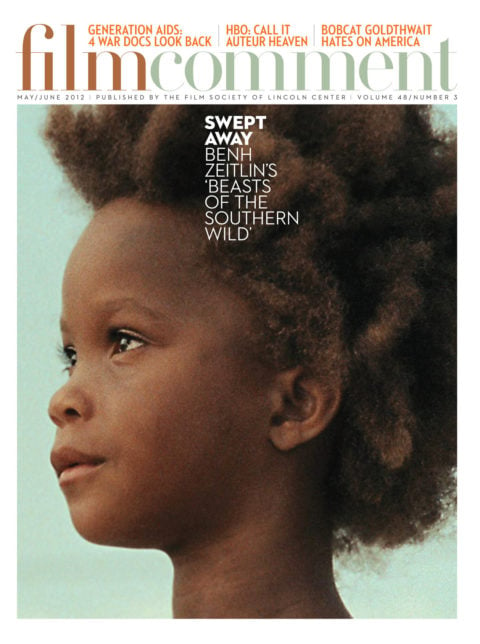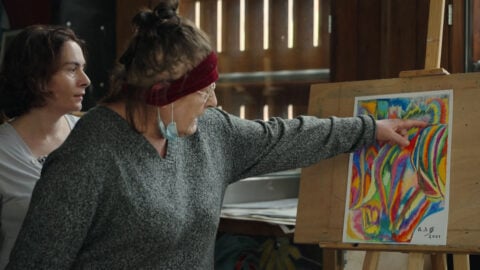
“It completely overwhelmed me. I was shaken to the core.” So said Ingmar Bergman of The Phantom Carriage, a time-encrusted film from 1921 that deserves all the renewed attention it can manage to attract. It promises to accrue more, by way of a recent Criterion release that restores Swedish director Victor Sjöström’s spectral vision, abstract for the era and disarming even still. But just as enticing, for those coming to the film more than 90 years after it was realized, is a modern score that slinks back through history to reify its mystery and reestablish its mystique.
No film that made a young Bergman shake, peered at back through time with knowledge of such lore, would seem fit for piano, woodwinds, strings—things played in orchestra pits by respectable gentlemen in dapper dress. Spirits should be made to diminish; jauntiness would not jibe. It would be better served, in an ideal world, by music more ethereal in its manifestation and eerie in its effect.
Included on the DVD is a score first conceived in 2007 by KTL, a duo comprised of electronic-music impresario Peter Rehberg and Stephen O’Malley from the “doom metal” band Sunn O))). Neither would seem to know his way around an orchestra pit, and the extent of their grounding in cinema history can only be surmised. But judging by just the first few minutes of their Phantom Carriage score, both have a way of watching (and working) that’s notable for the unique mix of knowledge and intuition it brings to the melding of picture and sound.
The Phantom Carriage is an elusive work to describe. Nominally, it is a ghost story. The details concern a legend in which the last sinner to die each New Year’s Eve is obliged to serve 12 months toiling on behalf of the Grim Reaper. Whoever that sinner may be, he or she must drive the Phantom Carriage, picking up souls from bodies that have expired. “It is no ordinary driver who holds the reins,” reads a title card, “for he’s in the service of a strict master named Death.”
The next driver in line happens to be a troubled drunkard played by Sjöström himself. (Long after his directorial prime, Sjöström went on to act in a series of Bergman films, most notably as the existential professor in Wild Strawberries.) But first he must take stock of his life as it transpired, so the story begins to flash back, look askance, and cast sidelong glances back through time, with memory standing in for the narrative present.
It is hard to overstate the storytelling sophistication at work here: flashbacks fork off from stories in the act of being told, mixing tenses until all time seems in the here and now. The soundtrack accentuates the condition. It’s not unusual to include internal echoes or allusions to musical moments already past within a score. But it’s another thing altogether when those echoes or allusions come by way of creeping, creaking, otherworldly sounds that seem alive and, no less tormentedly, hectored by time in the movie too. (The Phantom Carriage disc also offers a very good but more conventional score by composer Matti Bye.)
KTL’s soundtrack is suggestive and diffuse, smart enough to know when to get out of the way of narrative atmosphere already accrued. Stretches go by with just a faint scrape of distorted guitar or a destabilizing ambient-electronic rumble. But then other parts build to a cathartic crescendo, as in the first reveal of the Phantom Carriage itself—a horse-drawn wagon rendered by way of ghostly superimposition (up to four layers in a single scene) that makes the whole thing float on screen. The image is breathtaking on its own. The music takes that breath and blows it back.








